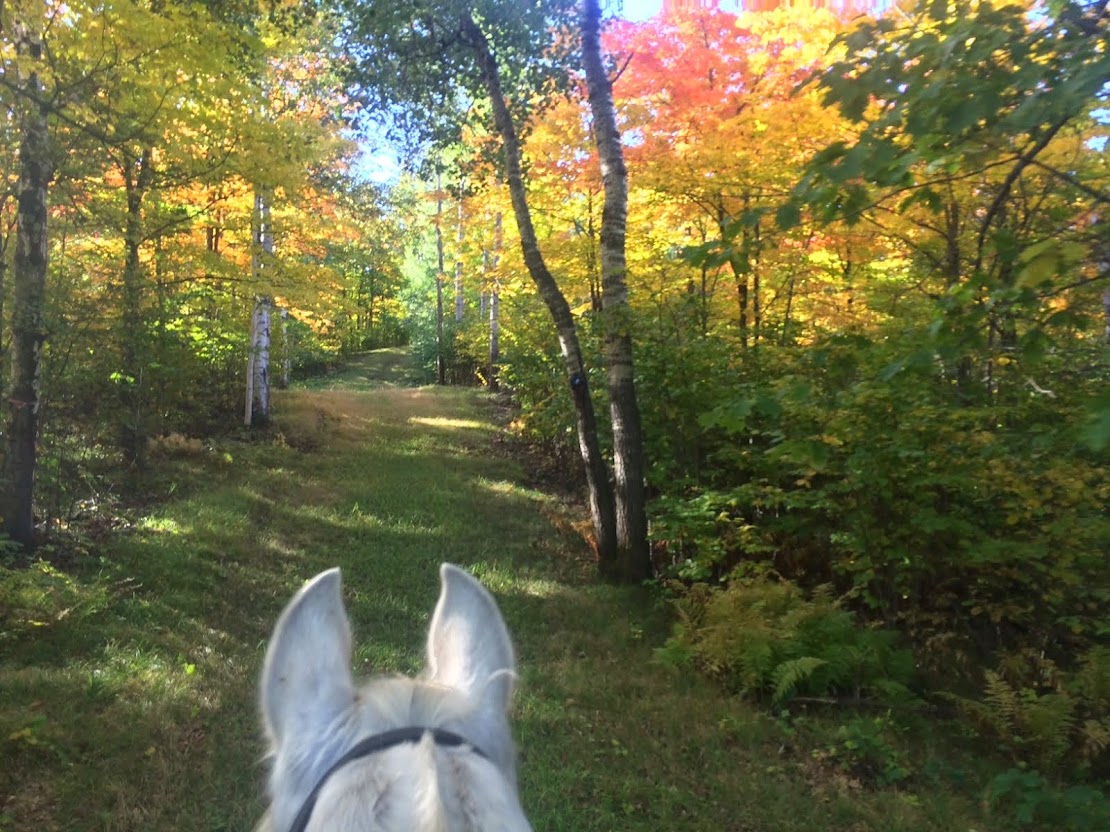 |
| "Where's the treats?" |
Yesterday was the day for their annual Coggins test. This is a blood test looking for exposure to a virus which causes a disease called Equine Infectious Anemia (EIA). This disease is blood-borne, and spread by biting flies or sharing needles between horses. It used to be very common around the country, but with a 50+ year testing program, it is now a very uncommon disease. Thank goodness. However, legal requirements still exist in all states for (usually annual) testing of horses that go out and about to "do stuff." Each state is slightly different, but in Minnesota, the test must be performed once every 12 months and we must present the original paperwork, as well as leave a copy of the paperwork, at every horse event our horses attend. If horses are sold, they should have a current negative Coggins for the sale to be legal. If you transport your horse across state lines, you must not only comply with your state's Coggins requirements, but also with the state you are entering (as well as have a current health certificate, in most cases).
Funnily enough, "Coggins" is a bit of a misnomer these days. It is the name of the man who invented the first test for the disease, but now a newer, quicker, cheaper test is run in most cases. This new test cannot truly be called a "Coggins" test, as it uses completely different technology. However, as happens with other "name brands" in our language, the Coggins moniker has become synonymous with the new test run for EIA. So, we horse people will say "Coggins," though technically we merely mean a blood test for EIA.
Yesterday, I wander into the pasture and four of the six resident horses, including both Red and Rhio, immediately mob me looking for treats. Instead of treats, however, I pull needles, syringes, and blood tubes out of my pocket. Having dealt with many uncooperative horses in my career, I know how lucky I am that I can draw blood in the pasture without a halter or any form of restraint. My boys just stand there unfazed. In moments, I have my two tubes of bright red blood and am trying to fend off the four muzzles in my face still looking for treats.
I fill out the paperwork, old-school style with drawings of each side of my horses' bodies and their faces. I enter descriptions of their markings, along with all their pertinent details (registered name, age, sex, breed, color.) Commonly, veterinarians are using digital photos and electronic forms for EIA testing, but since I only do my two horses each year, and the old hand-drawn paperwork is still accepted, I keep it low-tech. Later in the day, after the blood has clotted in the tubes, I stop by a local clinic to centrifuge it, separating the serum from the red blood cells. Only the serum is needed for testing.
I send off the blood tubes and the paperwork to the lab, and in about a week, I'll have their 2013 paperwork in my hands, and we'll be "legal" for another year!
 |
| Freshly collected blood. (Don't worry, the tubes are labelled on the other side so I don't mix them up.) |
 |
| Blood that has clotted. |


No comments:
Post a Comment